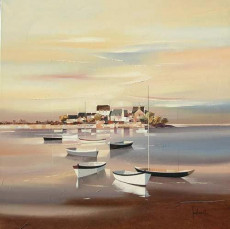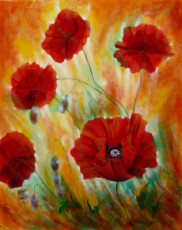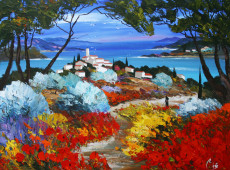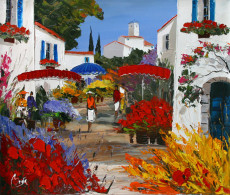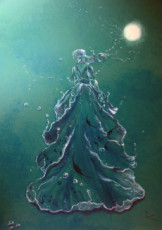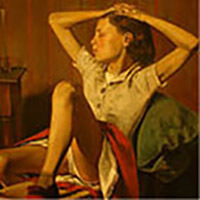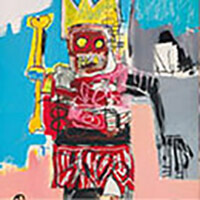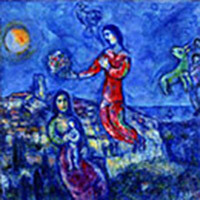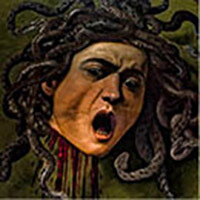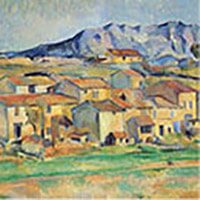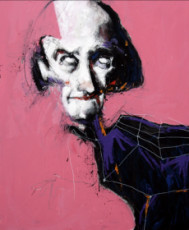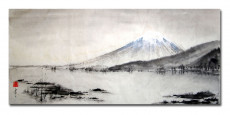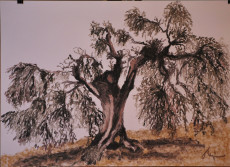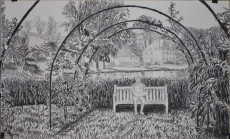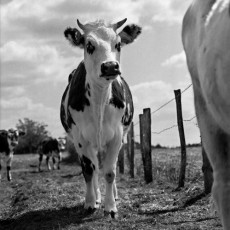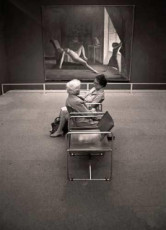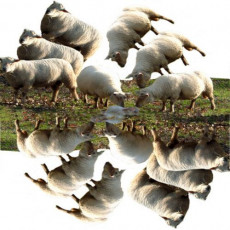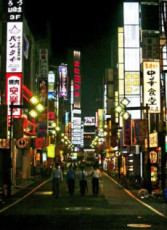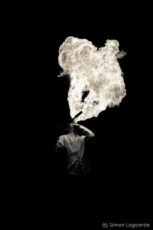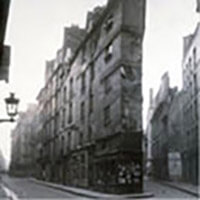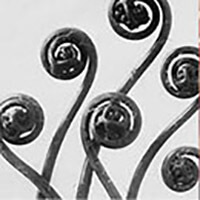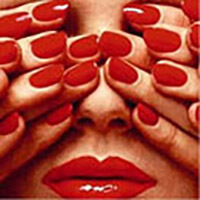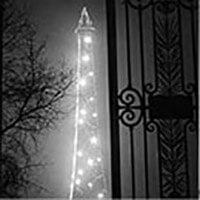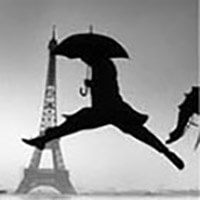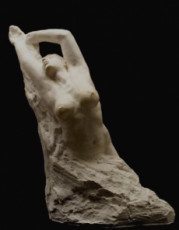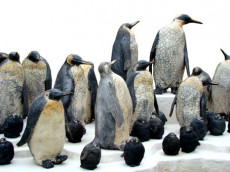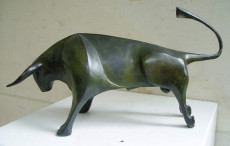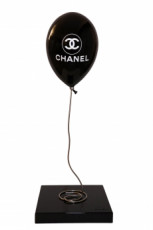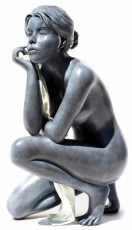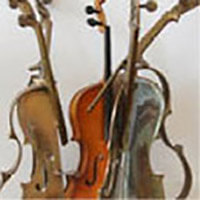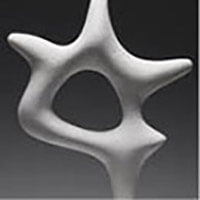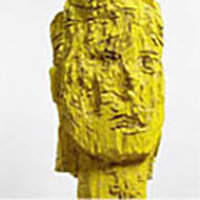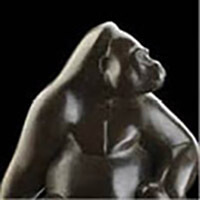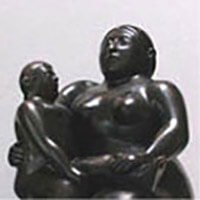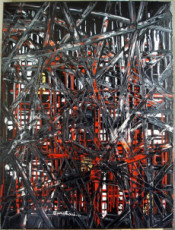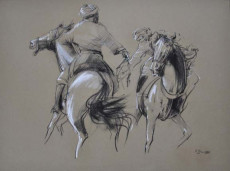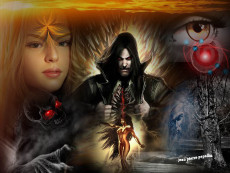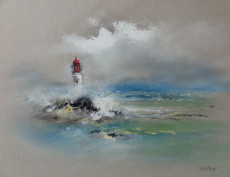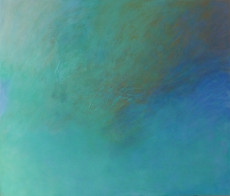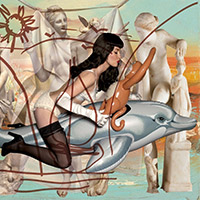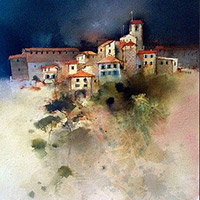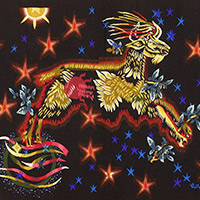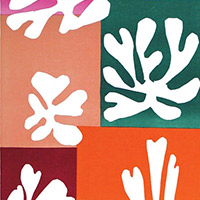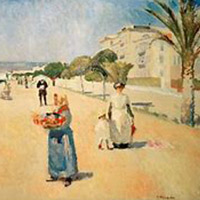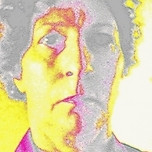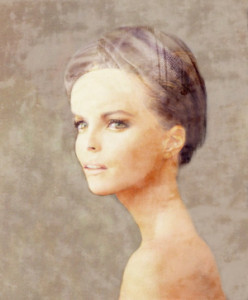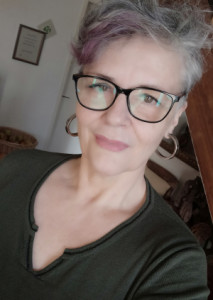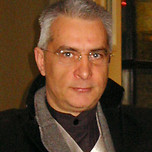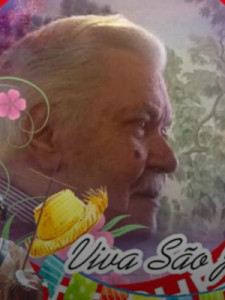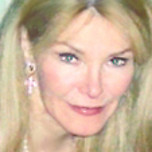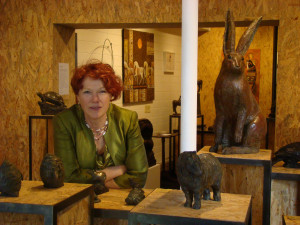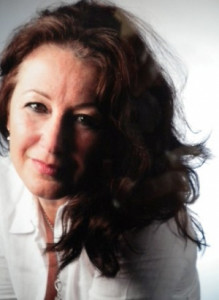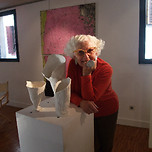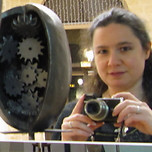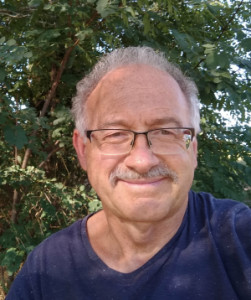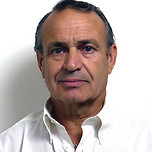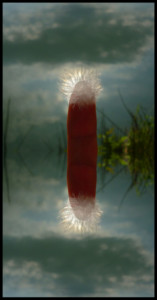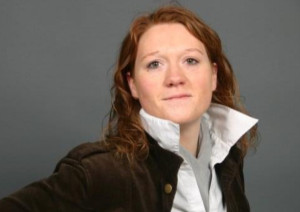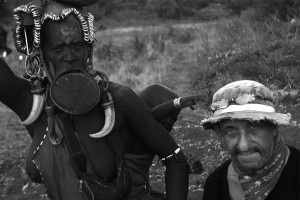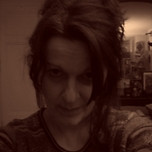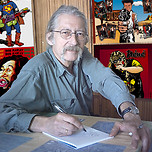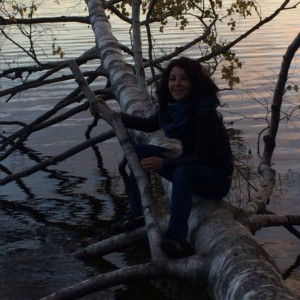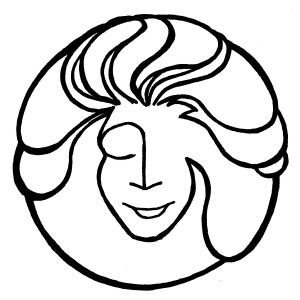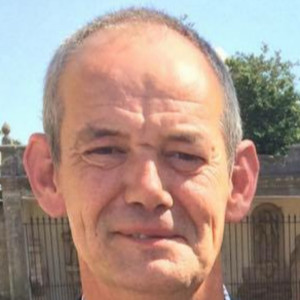
Découvrez le travail contemporain de Bernard XOLOTL
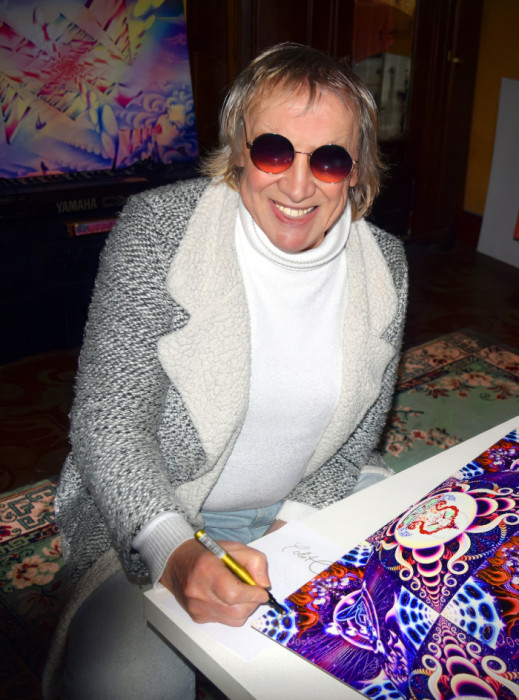
Electronic music composer and multimedia artist Bernard Xolotl was born in France in 1951.
Although he became interested in electronic music at a very young age, an expression that at the time essentially referred to the "concrete music" of Pierre Henry, Pierre Shaeffer or Stockhausen, it was Pink Floyd's first recordings in 1967/68 that really left a mark on him. Realizing that France would not offer him the necessary freedom of expression, Xolotl began to travel abroad. across Europe to, in 1971, become the friend and student of Terry Riley and his Indian music master, Pandit Pran Nath. That year, he set up his work base in Copenhagen, where his links with the first Tibetan lamas in contact with the West led him to discover the immense wealth of Tibetan Buddhist iconography. This revelation would henceforth guide a pictorial work begun in childhood and which LSD had led in a fundamentally psychedelic direction. Thanks to the very freely accessible studios in Copenhagen, he also learned video and photography, before following his masters across Europe for three years, painting, recording, photographing and writing. In September 1974, he arrived in their wake in the United States and traveled across North America before settling in California. There, in the electronic music studios of the universities of San Francisco, Berkeley and Mills College in particular, he had the opportunity to work with the most sophisticated synthesizers of the time and to record his first electronic and acoustic works. It was also at this time that he acquired a professional tape recorder and prototypes of synthesizer guitars equipped with all sorts of effects specially designed for him by the pioneers of what would become Silicon Valley. However, more than the recording or publication of his musical works, still very experimental, his pictorial work continued to occupy most of his time, and even more so after his marriage to the painter Barbara Falconer, in New Mexico in 1975. Terry Riley having asked him to make paintings for his records and concerts, Xolotl came to hold his first painting exhibition with his wife, at the Gallery Urania in San Francisco, during 1976, with his music as background sound. It was quite naturally in the year that his first album, "Music By Xolotl" was released. During a stay in Paris in the summer of 1977, Xolotl collaborated with Jean-Batiste Barriere on the recording of several compositions that would appear on the album "Journey to an Oracle" when it was released the same year. In 1978, he completed the painting "Return of the Golden Mean" with his wife and recorded an album of the same title, produced with the collaboration of Irene Gosnell on violin and then Jonathan Kramer on cello. This painting, as well as that of Terry Riley's album "Shri Camel", appeared in the form of lithographs that Bernard personally used to exhibit and distribute around the world, including Nepal, on a year-long world tour. In the fall of 1979, he and his wife settled in rural Pennsylvania to paint, compose, and record his music away from outside distractions. Then, back in San Francisco, he recorded the album "Prophecy" with Cyrille Verdeaux and created a video, images, and music titled "Flamecho" with the assistance of JPL Studios in Alta Dena, California. He then invited virtuoso violinist Daniel Kobialka to play on his album "Procession", which he mixed while recording "Last Wave" and other works released as a compilation. The painting of the same name would be his last graphic work made without computers. He then moved to a large house in San Rafael to devote himself fully to the creation of a professional avant-garde audiovisual studio where he would compose and record his own music alone, but also the world music of L. Shankar and Zakir Hussein (the album he produced, "Raga Aberi", was nominated for a Grammy Award in the World Music category in 1996), that of the Tibetan monks of Guyto, of classical Iranian Santur, and also the recording before their time of immense crystal bowls, didgeridoos and all sorts of "exotic" instruments. It is to the heavy work of programming countless computers that we owe the time elapsed before the release of the CDs "Mexecho" in 1991, then "Tristany" in 1997. Then, happy to finally be able to take advantage of technological advances, Xolotl dedicated himself to the creation of computer-generated images from his painted works. Since 2005, he has collaborated with Olivier Masselot on the creation of the album "Time Lapses", released on CD in early 2009. He has also created videos associating his computer-generated images with his music and you can find all his music (More than 100 pieces) here below.





